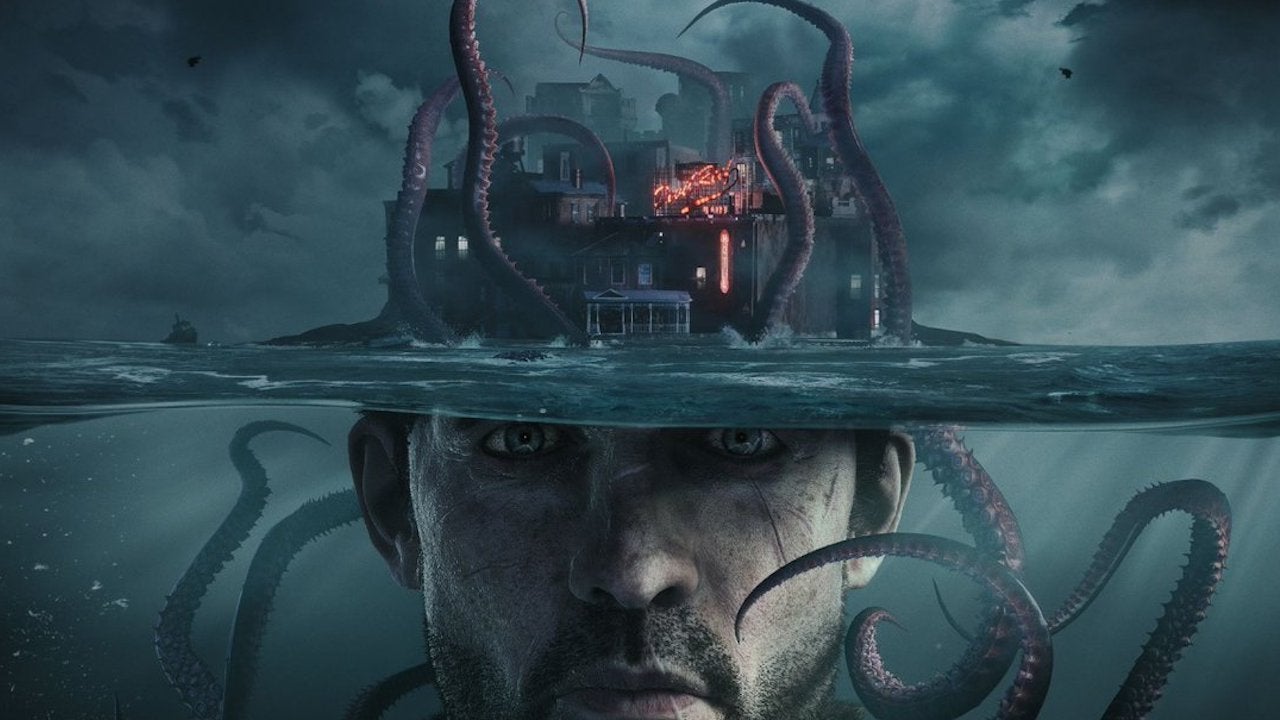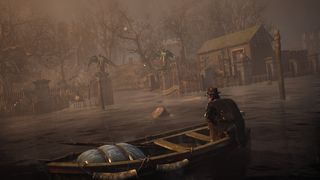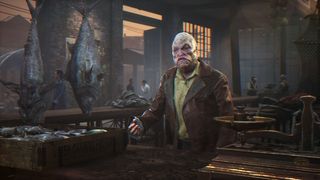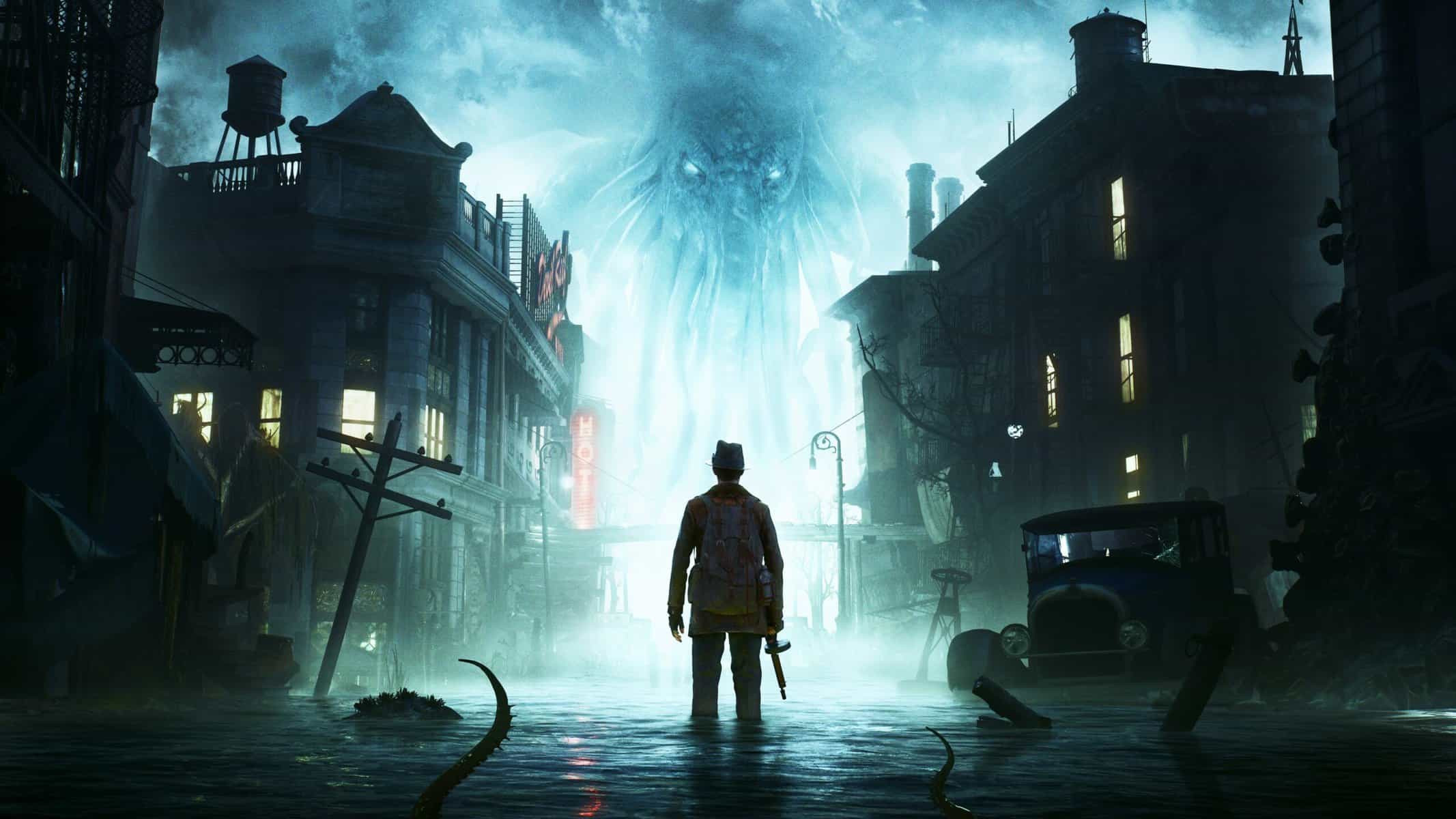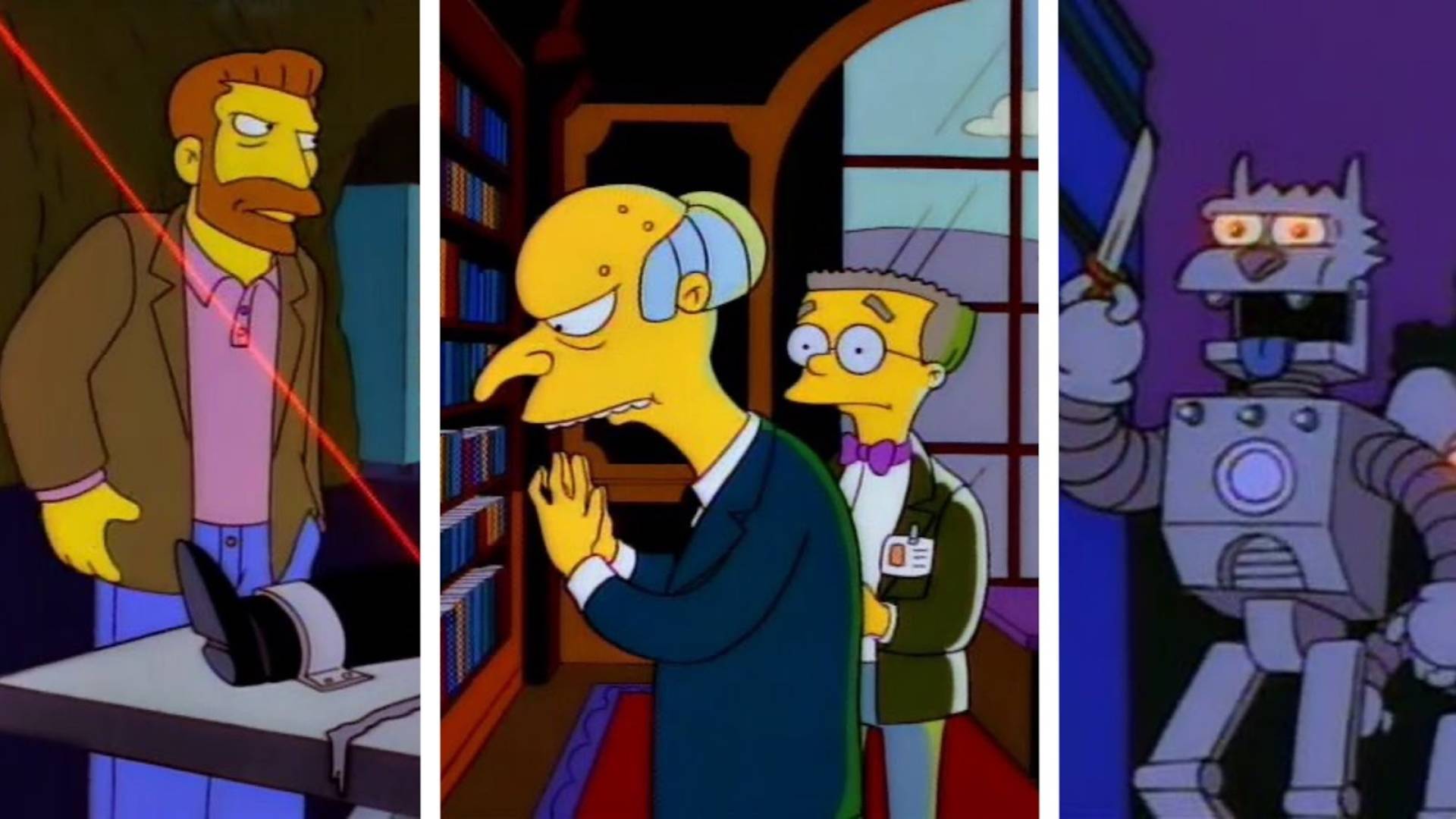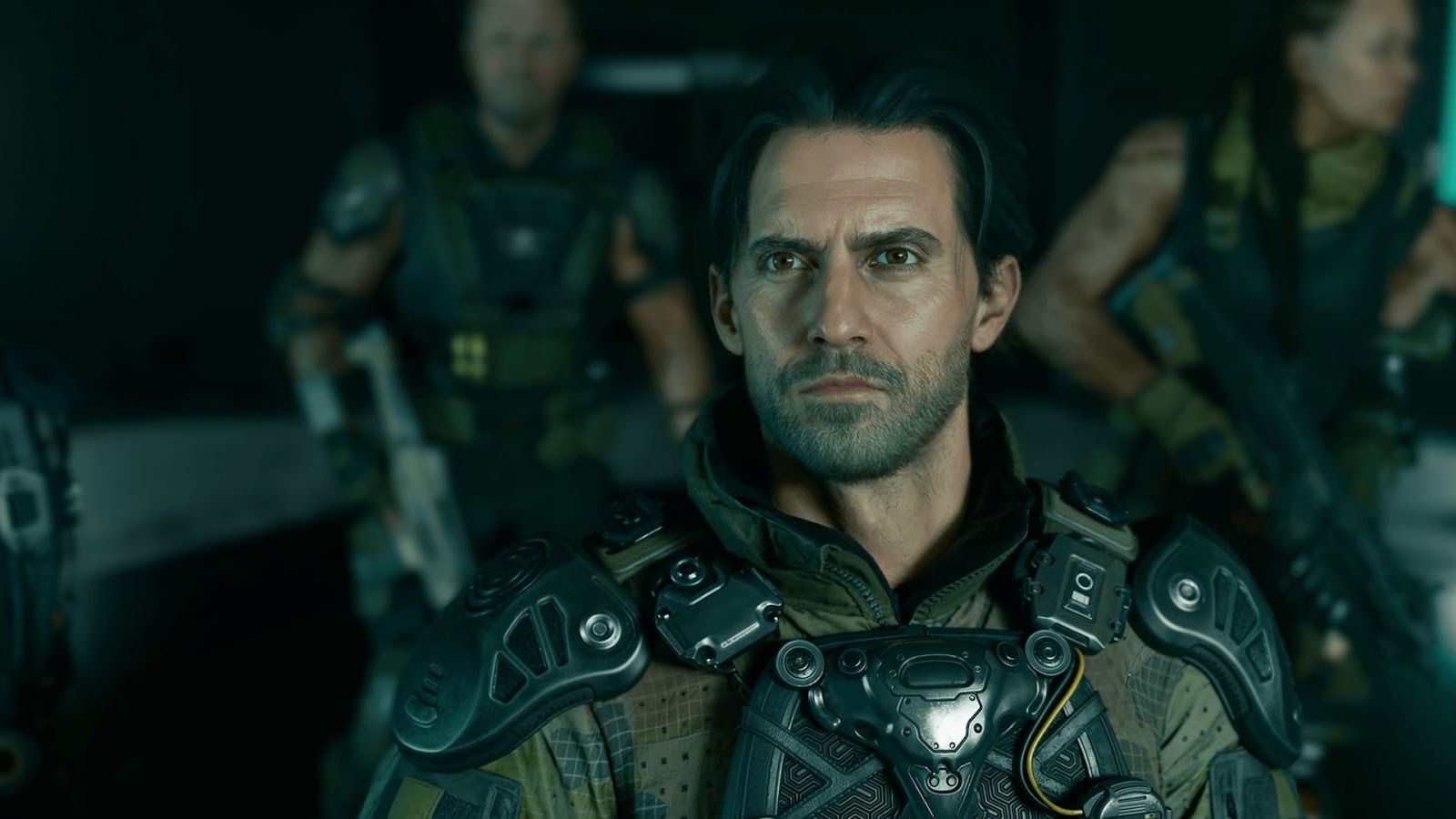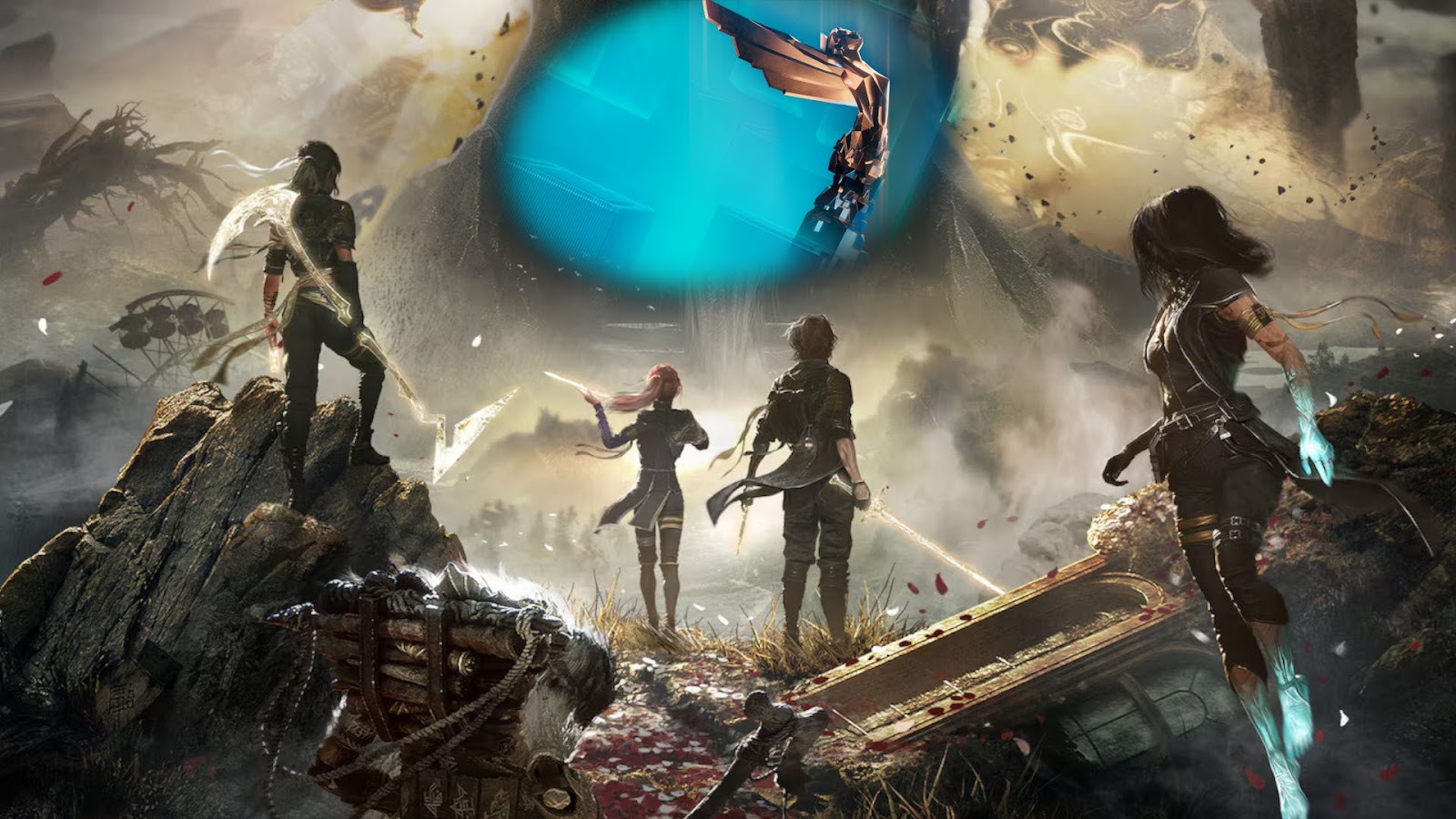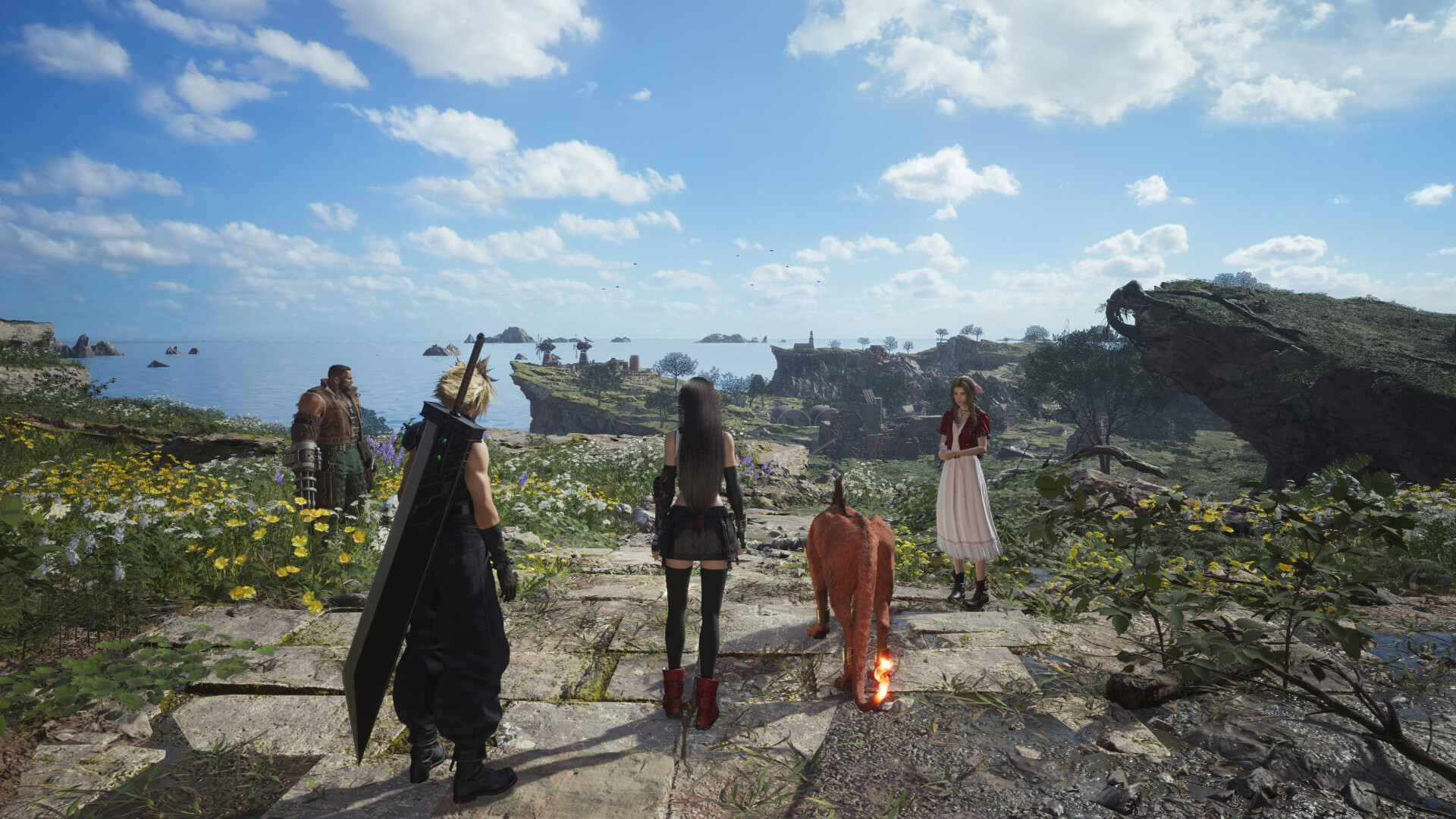You can trust VideoGamer. Our team of gaming experts spend hours testing and reviewing the latest games, to ensure you're reading the most comprehensive guide possible. Rest assured, all imagery and advice is unique and original. Check out how we test and review games here
‘It was always the goal to create an open world detective game,’ said Sergey Oganesyan of developer Frogwares. ‘After eight Sherlock Holmes games the team sort of wanted to create something new, something different.’ And they did. Frogwares is a studio of modest resources, based in Kiev, Ukraine. The Sinking City, which came out today, represents a departure for Frogwares, not only for its open world, which sees a city adrift in a flood of dark water, but in its lack of a certain consulting English detective. But it didn’t start out that way, as Oganesyan told me when I spoke to him about the game a few months back. ‘The Sinking City started out as a Sherlock Holmes game in an open world,’ Oganesyan said. ‘One of the ideas to change the setting for Sherlock 9 was to create a flooded city in the US.’ The decision was then made to bring in the cosmic horror of Lovecraft: ‘The stars aligned.’
If, like me, you feel your nose wrinkling at the notion of Holmes being suckered by a squid from another world, you might be surprised that there’s a precedent for that sort of thing. There’s Shadows Over Baker Street, a collection of short stories by various writers – including A Study in Emerald, by Neil Gaiman, in which the Queen was an undercover ancient god. Frogwares, too, has dabbled in the otherworldly; ‘We had a little bit of experience [with supernatural elements] from doing Sherlock Holmes The Awakened, the game where Sherlock actually explored the Cthulhu mythos.’ Oganesyan told me, And if it seems somewhat unsporting to pit the great detective against forces that defy traditional deduction, then consider the even greater tension between an open world and a story-driven detective game.
Indeed, being a truly open world detective game, The Sinking City is in uncharted waters. L.A. Noire relegated its free roaming stretches to a separate mode in the menu, and the Salem of Murdered: Soul Suspect was a modestly sized, semi-enclosed hub. The London of Frogwares’ last game, Sherlock Holmes: The Devil’s Daughter, consisted of a string of cul-de-sacs, each cocooned in a loading screen. But it’s that game, with its fevered flights into the supernatural, that provides the basis for The Sinking City, and you can sense the swell of ambition in the three years since its release. ‘We created the prototype of a Sherlock Holmes open world model game, and we took, like, four months to develop this prototype,’ said Oganesyan, ‘but the thing is that in [our] pursuit of something unique, we eventually decided to completely change the setting itself.’
But it wasn’t the itch of ambition alone that led the team to the game’s fictional, flooded city of Oakmont; it was the desire for detective work of a more rudderless nature. ‘The main reason we wanted an open world is because we sat down and we asked, “How can we make this a real detective experience?”’ Oganesyan said. ‘Decision making is what makes a detective experience more realistic. Even figuring out where to go next or what your next step should be.’ Thus the best thing about The Sinking City was born – its lack of on-screen objectives and hand-holding: ‘The first thing we did to achieve that goal is we decided to completely remove objectives.’ It sounds like a no-brainer: scrubbing the screen clear of clutter and having a player follow their instincts. The best ideas are often the simple ones hiding in plain sight.
‘The open world is actually designed as a platform or foundation, if you will, for our open resolution mechanics,’ said Oganesyan. And it’s easy to tell where Frogwares’ attention was honed. It isn’t just Oakmont that ends up waterlogged; the narrative is, too, and I found myself squelching through the story without much thrust because my focus fell on the legwork of the cases. ‘The open world part actually serves two purposes,’ Oganesyan said, stressing that it isn’t only a platform for the ‘open resolution mechanics,’ as he calls them. ‘It’s the setting of the game, so we try to create a city with a sense of place.’ That they did, and the presence of the Lovecraft mythos is one that can easily overpower a lot of traditional game mechanics.
The game’s narrative designer, Maksym Riznyk spoke about the challenges of Lovecraft when it comes to making players feel that they have agency within a world. ‘There is an inherent challenge with cosmic horror, in that it’s all about the insignificance of mankind in the grand scheme of things,’ Riznyk said. That’s the trouble with crafting a game around Lovecraft, and the best Lovecraft games are games that don’t have Lovecraft in them; they make do with Lovecraftian themes and suggestions. ‘It’s all about how you are powerless and insignificant, to the point where there is very rarely any actual antagonism and animosity from the elder gods towards humans,’ said Riznyk, noting that these otherworldly beings ‘barely realise we exist.’
The problem is, of course, that players traditionally rather enjoy existing. ‘That of course strips the player of some agency,’ Riznyk said. ‘We give the player the tools and the weapons to fight off some of the more mundane threats, but at the same time give him adversaries that you simply cannot fight with your weapons.’ For me, the combat in The Sinking City is its most fascinating failure; its a problem that dogs Lovecraftian games, with their need for player freedom, but it also troubled Lovecraft, on the page. ‘Lovecraft himself addressed this problem,’ Riznyk said, touching on The Colour out of Space, one of Lovecraft’s short stories. ‘How can you shoot and kill the colour? How can you fight a concept?’
I found myself, while playing The Sinking City, doing just that: grappling with the concept of the open world as a playground for casework and grappling with the combat, which felt like a noble failure. ‘We wanted to create a different sort of emotion,’ said Oganesyan, as he detailed the decision to include combat. ‘In an open world detective game you would be able to go wherever you want, and talk to people a lot, but at the same time we wanted to counterbalance that, we wanted to create a sense of danger, a sense of vulnerability.’ It certainly has that, but perhaps not in the way that Frogwares intended; my battles with the game’s ghouls resembled more closely the unearthly horror of trying to wrestle the straying loyalties of a shopping trolly with a busted wheel.
In a strange way, that feels perfect. It seems oddly fitting that The Sinking City – like the fraught figure at the heart of a Lovecraft story – should flounder in its attempts at wrestling with these hulking ideas: of splintered stories and open worlds, of unknowable beings from another place and the need for the player to be free and to fight. ‘We don’t have the resources to make a gigantic open world game,’ Oganesyan said, and it’s all the more impressive, when you wander the streets and streams of Oakmont, to consider that it wasn’t made by an enormous studio with a cosmic budget. What’s all the more pleasing, for me, is that the developer made a ‘city with a sense of place.’ That it doesn’t lead you through it by the hand. And that simply, as Riznyk puts it, ‘there is stuff to do, there is stuff to see.’
The Sinking City
- Platform(s): Nintendo Switch, PC, PlayStation 4, Xbox One
- Genre(s): Action, Adventure
